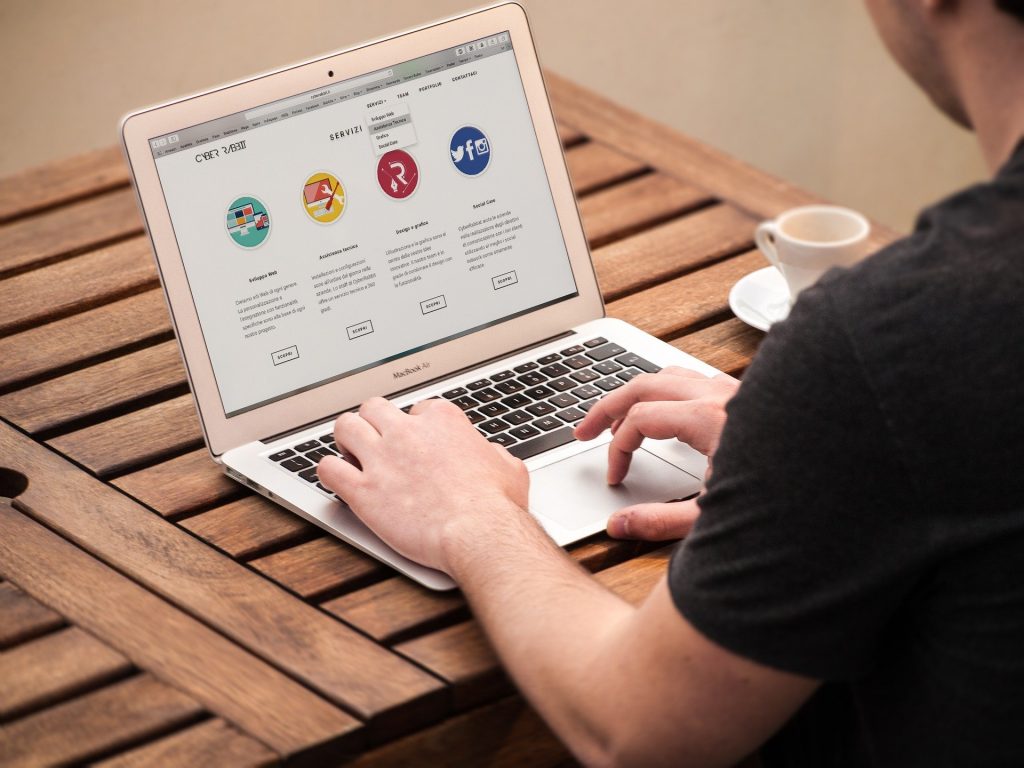It’s a funny thing, website navigation. We don’t mean that in the “amusing” sense of the word, but instead in the sense that it’s something we rarely make a conscious note of when visiting a site, unless we detect something clearly wrong.
That’s not really a bad thing. Indeed, a well-designed website will feel so slick and intuitive to use, that you almost certainly won’t especially notice how its navigational system has been put together, unless you’re taking it upon yourself to look out for this.
If, though, you’ve ever come across a website where you struggled to find the specific pages or information that you were seeking, you will have almost certainly soon tired of it and hit that browser ‘back’ button. A poor website navigational system drives away users, so the one on your own brand’s site needs to be good.
So, what can you do to get your website’s navigation in shape?
Before we go any further, it’s important to underline one thing: don’t over-think the improvement of your site’s navigation system. You’re supposed to be making your site easier to use for your visitors, instead of overcomplicating it. So, what you’ll need is a dependable formula. Here are a few straightforward things to focus on first:
- Try to minimise the number of clicks needed, but don’t over-obsess about it
It has often been said down the years that website designers should try to reduce the number of clicks that visitors need to get anywhere on a given site, to no more than three clicks. Apparently, if more clicks than that are needed, whoever is browsing the website will almost certainly become frustrated and leave.
Of course, this is an overly simplistic and general way of looking at things. Sure, if it all possible, you shouldn’t be forcing your users to click 10 or 20 times to get to the information they require. But the really crucial thing is to lay out a clear and easy-to-understand navigational ‘path’ for your visitors.
- Design your site for both desktop and mobile use
Isn’t this something that almost everyone knows about website design these days? You might understandably think so. However, we’ve also heard so much in recent times about the importance of designing for mobile, that some website owners may actually be at greater risk at this point of overlooking or neglecting the desktop experience.
This is especially relevant advice to give at a time when many of us are inevitably spending a lot of time indoors; a given target customer of yours isn’t necessarily going to reach for their smartphone first.
It may be best, then, in 2020, to think particularly about your site’s multi-platform functionality, rather than necessarily adopting a ‘mobile-first’ ethos. In any case, your users’ journey across your site shouldn’t differ that greatly nowadays from desktop to mobile. Vital information shouldn’t be buried too deep on your site, and calls to action (CTAs) ought to be strong and easy to find.
- Consider the merits of sticky navigation
A ‘sticky’ website navigational system is one that remains visible to the user even as they scroll up and down the page. It’s a feature that will save your visitor from having to scroll all the way to the start or end of a page just to find your site’s ‘About Us’ or ‘Contact Us’ link, for instance.
Equally importantly, though, this convenience-boosting feature could help to keep the average user on your site for longer, thereby playing a part in improving visitor loyalty – or perhaps we should say, visitor “stickability”. But going back to the point we made earlier in this blog post, it’s also vital not to over-complicate your sticky navigational menus – otherwise, you’ll lose much of their benefit.
While the above three steps definitely aren’t the ‘be all and end all’ of getting your website’s navigation right, they could certainly be vital initial considerations. For a more in-depth discussion with us about what we could do for your web presence this year and beyond, don’t wait any longer to enquire to the Webahead Internet team.


